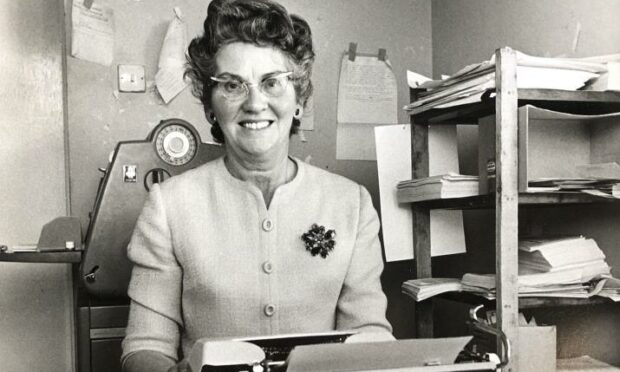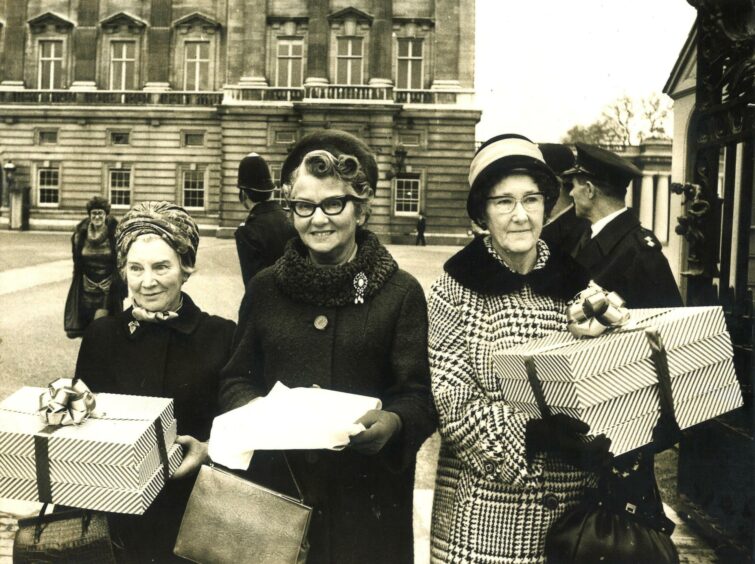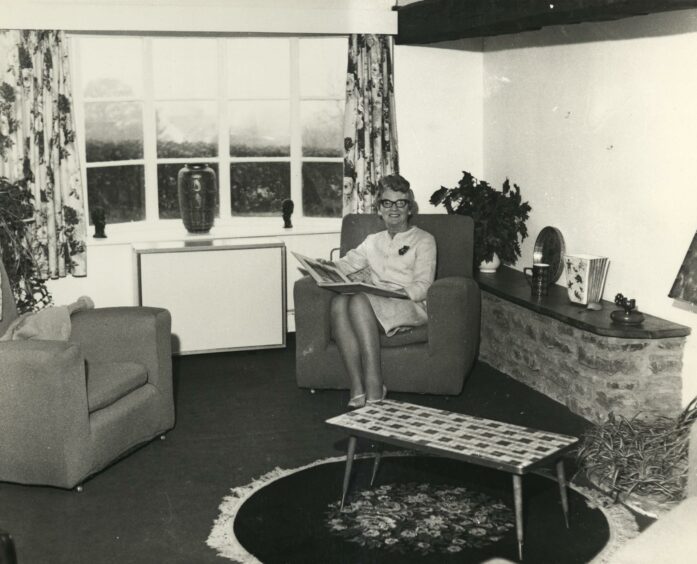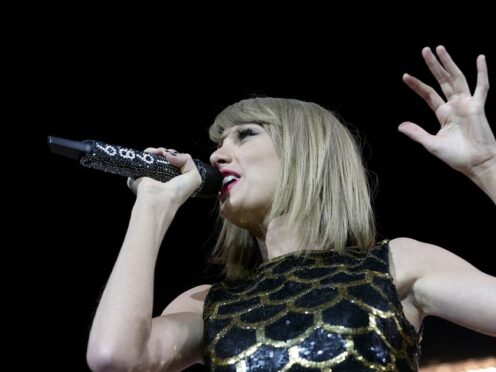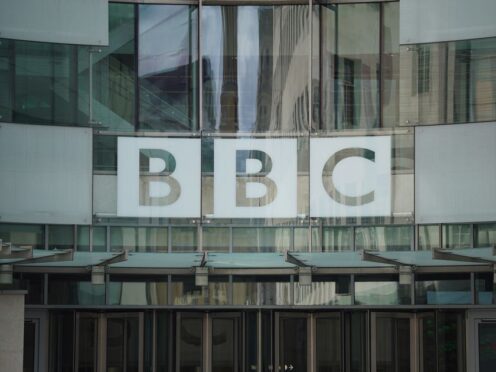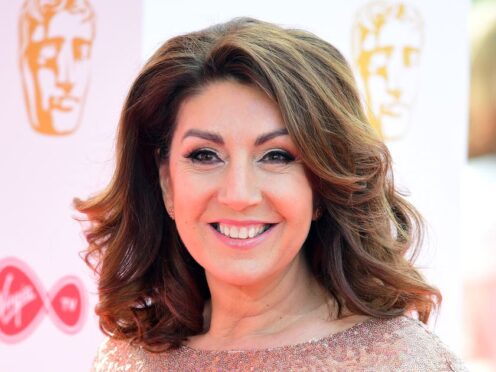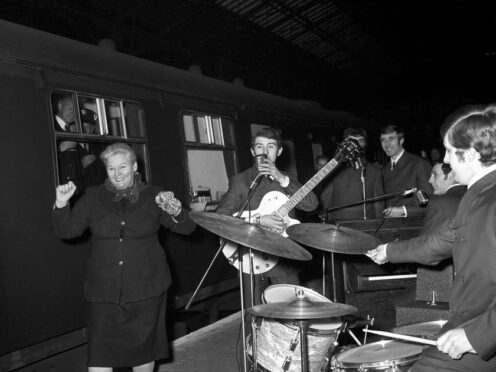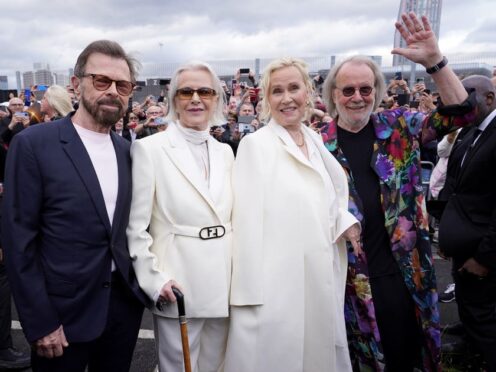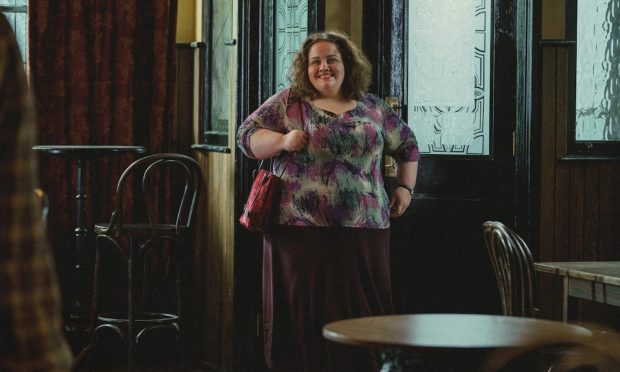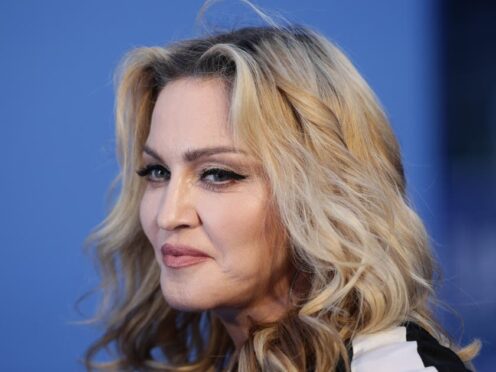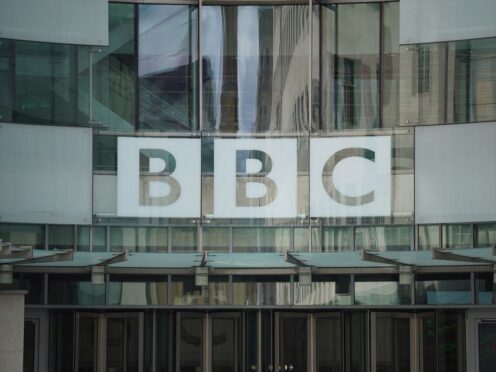“The original culture warrior,” is how the new two-part documentary Banned! The Mary Whitehouse Story (BBC Two) set up its protagonist for younger viewers who may not know who she is.
For older viewers, one early surprise is the sense we have no idea how she could ever have become famous.
Born in 1910, Mary Whitehouse (nee Mary Hutcheson, although she signed letters with her husband Ernest’s forename) was a housewife and schoolteacher from Telford, who rather incredibly took sex education lessons.
Sex as a functional, joyless thing
We meet a couple of her former pupils here, who recall her take on sex as being a fairly functional and joyless experience, which one dispenses with after marriage for the purpose of child creation.
As her pupils observed Mary, though, she also watched them, and didn’t like what the ‘permissive society’ was doing to them.
Illicit copies of Lady Chatterley’s Lover were passed around the classroom, sex before marriage was openly discussed on the BBC, a ‘new morality’ was beginning to emerge for a new generation. Mary was deeply unhappy.
A reality television star before reality television existed, she became a public figure through sheer force of will.
Initially with the help of her husband and concerned friends, she founded the National Viewers’ and Listeners’ Association.
This political pressure campaign wrote letters of concerned complaint to anyone who might be able to do something about the perceived moral corruption she saw.
A determined, formidable person
That’s the first thing this engaging and revealing doc shows. Even in the days before Women’s Lib, Mary is a singularly determined, smart and formidable person.
Her challenging of the powerful directors general of the BBC, especially her early nemesis Hugh Greene, is at the very least a compelling David vs Goliath story.
For much of her life, she was widely viewed as being a puritan, a busybody and an unwelcome dabbler in other people’s freedoms.
Both a pornographic magazine (its publisher David Sullivan is seen briefly here, and presumably more in the second episode) and the comedy show The Mary Whitehouse Experience were named in mock ‘honour’ of her.
With testimony from those who crossed her path and others who studied her life, this well-informed programme doesn’t refute that image.
It reintroduces a fiercely conservative Christian, and a political Conservative who believed the BBC’s increasing permissiveness was some kind of plot designed to bring Soviet Communism to the UK.
It also draws a direct line between Whitehouse and current populist culture war movements.
Bait-and-switch ending
Yet it’s the bait-and-switch ending which gave the opening episode real power.
First, it’s shown how her objection to the notorious rape scene in Bernardo Bertolucci’s 1972 film Last Tango in Paris has since been vindicated by stories of behind-the-camera lack of consent.
Then she’s seen giving a speech on pornography in the unfriendly environment of the Cambridge University union.
“Porn is a male commodity, made by men for men,” she says to a hall of cheerfully libertarian males.
“If we are serious, then we must consider the effect of pornography on women and children.”
Ben Thompson, the editor of her collected letters, notes it’s only one area where Mary held many progressive views, just decades ahead of their time. On that bombshell, the second episode feels essential.
